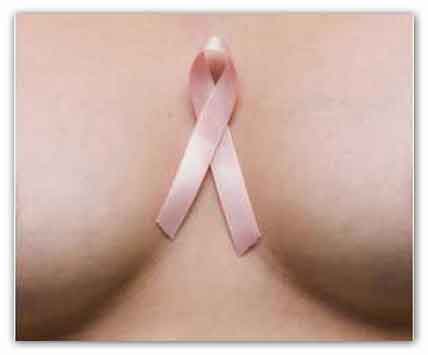|
Scientists have successfully completed an initial trial of a new, potentially more reliable, technique for screening breast cancer using ultrasound. The team at the National Physical Laboratory (NPL), the UK's National Measurement Institute, working with the University Hospitals Bristol NHS Foundation Trust, are now looking to develop the technique into a clinical
device.

Annually, 46,000 women are diagnosed with breast cancer in the UK, using state-of-the-art breast screening methods, based on X-ray mammography. Only about 30% of suspicious lesions turn out to be malignant. Each lesion must be confirmed by invasive biopsies, estimated to cost the NHS £35 million per year. Ionising radiation also has the potential to cause cancer, which limits the use of X-rays to single screenings of at risk groups, such as women over 50 through the National Breast Screening Programme.
Ultrasound is safe, low cost, and already extensively used in trusted applications such as foetal scanning. However the quality of the images is not yet good enough for reliable
diagnoses.
Part of the problem lies with the current detectors used. Different biological tissues have different sound speeds, and this affects the time taken for sound waves to arrive at the detector. This can distort the arriving waves, in extreme cases causing cancellation them to cancel each other out. This results in imaging errors, such as suggesting abnormal inclusions where there may be none.
The new method works by detecting the intensity of ultrasonic waves. Intensity is converted to heat that is then sensed by a thin membrane of pyroelectric film, which generates a voltage output dependant on the temperature rise. Imaging detectors based on this new principle should be much less susceptible to the effects caused by the uneven sound speed in
tissues.
This technique, when used in a Computed Tomography (CT) configuration, should produce more accurate images of tissue properties and so provide better identification of breast tissue abnormalities.
The aim of tomography is to produce a cross-section map of the tissue, which describes how the acoustic properties vary across the tissue. Using this map, it is possible to identify abnormal
inclusions.
An initial feasibility project has proved the concept by testing single detectors using purpose-built artefacts. These artefacts were designed to include well-defined structures, enabling the new imaging method to be compared with more conventional techniques. The results confirmed that the new detectors generated more reliable maps of the internal structure of the artefacts than existing
techniques.
Having received positive results and proven the potential of the project, NPL is now seeking funding to develop the work further. They hope to produce a demonstrator using a full array of 20 sensors, which should allow more rapid scanning and move the idea towards a system which might eventually be used
clinically.
Source
National Physical Laboratory
(MDN)
|
![]()